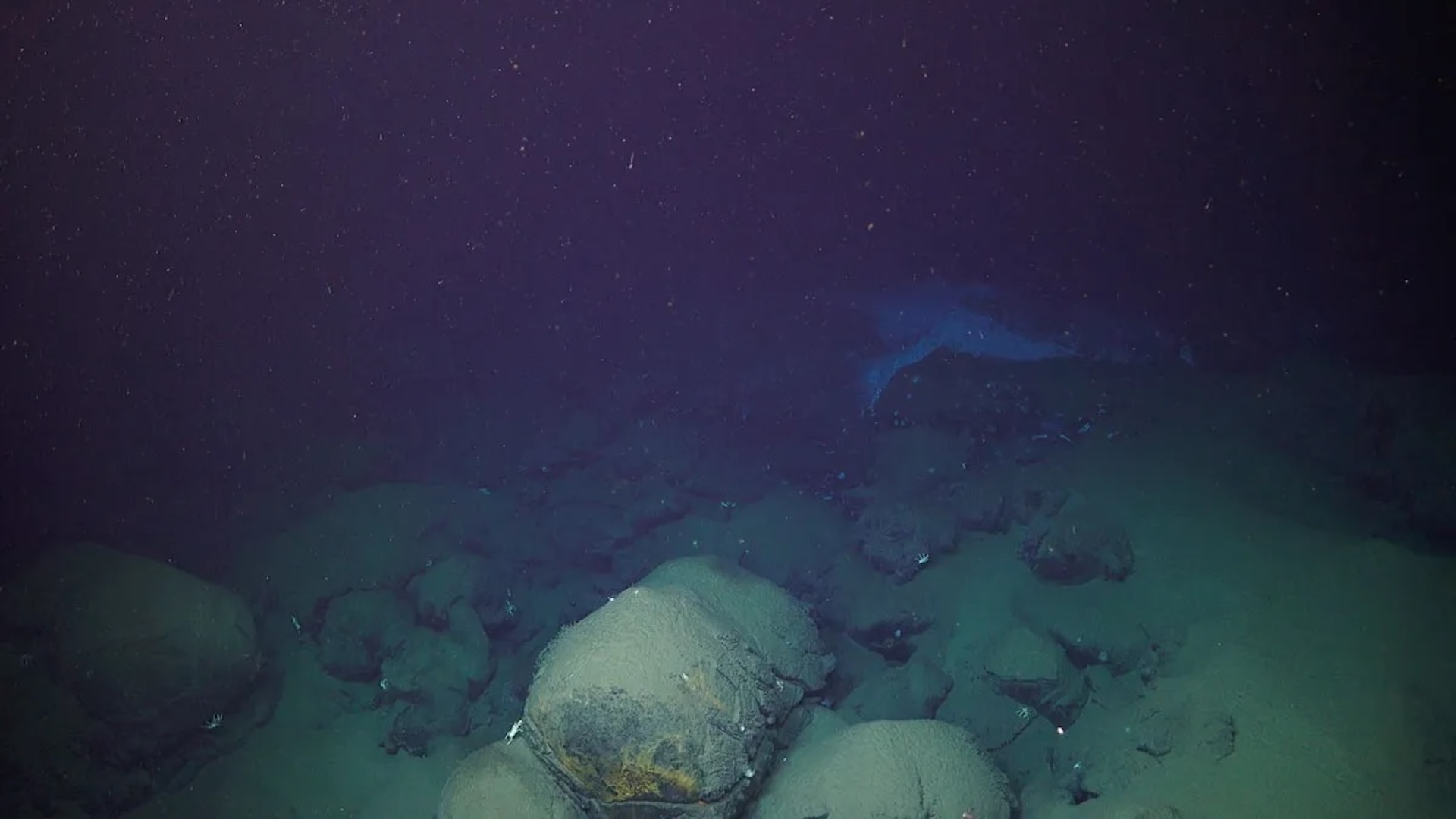Water, Vol. 15, Pages 4180: The Effect of Soluble Sugar Degradation on the Evaporation of Compacted Clay
Water doi: 10.3390/w15234180
Authors: Yuliang Guo Liwen Cao Zihaohan Sang Rui Zhang
In arid climates, evaporation and water loss in surface soil can lead to the development of shrinkage cracks in the soil. The crack network in contaminated soil sites can become a rapid pathway for the infiltration and transport of contaminations, thereby increasing the range of soil contamination. Dense contaminated clay samples were prepared by using glucose as a representative soluble sugar of domestic source contaminations. Through indoor evaporation simulation tests, the effect of soluble sugar anaerobic degradation on the water loss, deformation, and crack growth of compacted clay was analyzed, and the mechanism of this effect was revealed. The results showed that glucose increased the water-holding capacity of clay, while the anaerobic degradation of glucose decreased the water-holding capacity of clay. Although glucose anaerobic degradation reduced the overall deformation of dense clay, it promoted the development of evaporative cracks on the surface of dense clay. Soluble sugar anaerobic degradation mainly affected the evaporative cracking of clay by “forming hydrogen bonds to reduce the rate of evaporative water loss in clay” and “generating CO2 to alter the structure of the clay”.

 7 months ago
58
7 months ago
58


